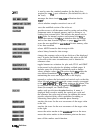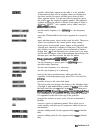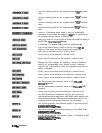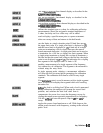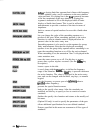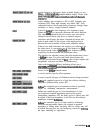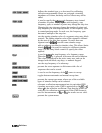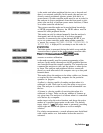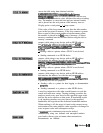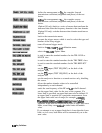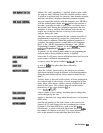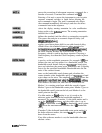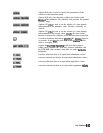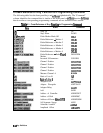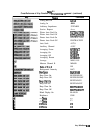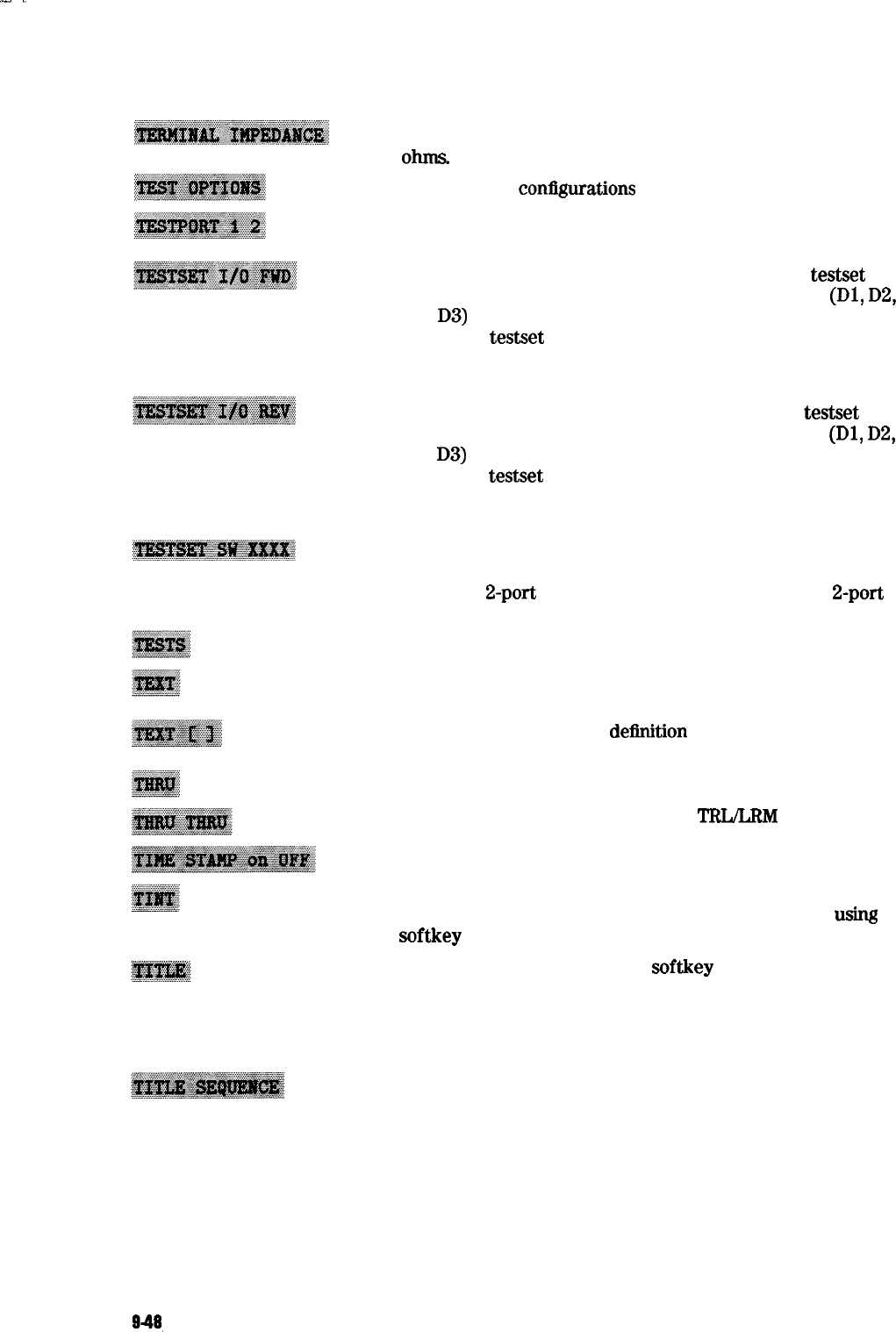
..-.
.
is used to specify the (arbitrary) impedance of the standard, in
Ohlll
s.
is used to set
configurations
before running the service tests
is used to direct the RF power to port 1 or port 2. (For non-S
parameter inputs only.)
is used to support specialized test sets, such as a testset that
measures duplexers. It allows you to set three bits (Dl,
D2,
and
D3)
to a value of 0 to 7, and outputs it as binary from the
rear panel testset connector. It tracks the coupling flag, so if
coupling is on, and FWD channel 1 is the active channel, FWD
channel 2 will be set to the same value.
is used to support specialized testsets, such as a testset that
measures duplexers. It allows you to set three bits (Dl,
D2,
and
D3)
to a value of 0 to 7, and outputs it as binary from the
rear panel testset connector. It tracks the coupling flag, so if
coupling is on, and REV channel 1 is the active channel, REV
channel 2 will be set to the same value.
toggles the internal solid state switch from a hold mode, to a
continuously switching mode, or to a number of sweeps mode
when full
2-port
correction is enabled. Use for fast
2-port
calibration.
presents the service test menu.
selects all the non-data display text for color modification. For
example: operating parameters.
brings up the print color
definition
menu. The default color for
text is black.
a calibration standard type.
measures all four S-parameters in a
TRIJLRM
calibration.
turns the time stamp function on or off.
adjusts the continuum of hues on the color wheel of the chosen
attribute. See Adjusting Color for an explanation of
using
this
softkey for color modification of display attributes
presents the title menu in the softkey labels area and the
character set in the active entry area. These are used to label
the active channel display. A title more menu allows up to four
values to be included in the printed title; active entry, active
marker amplitude, limit test results, and loop counter value.
allows the operator to rename any sequence with an eight
character title. All titles entered from the front panel must
begin with a letter, and may only contain letters and numbers.
A procedure for changing the title of a sequence is provided at
the beginning of this chapter.
948,
Key Definitions



